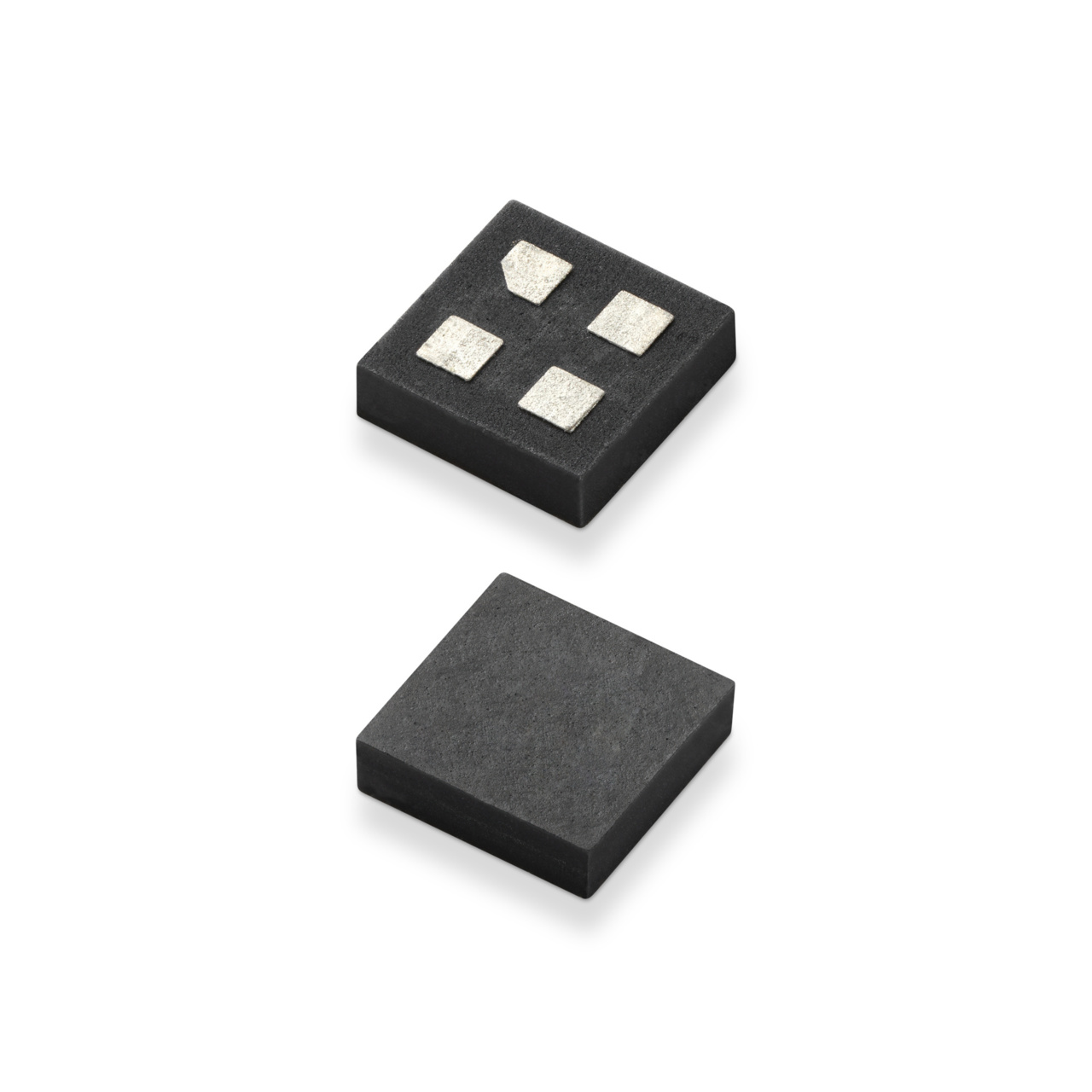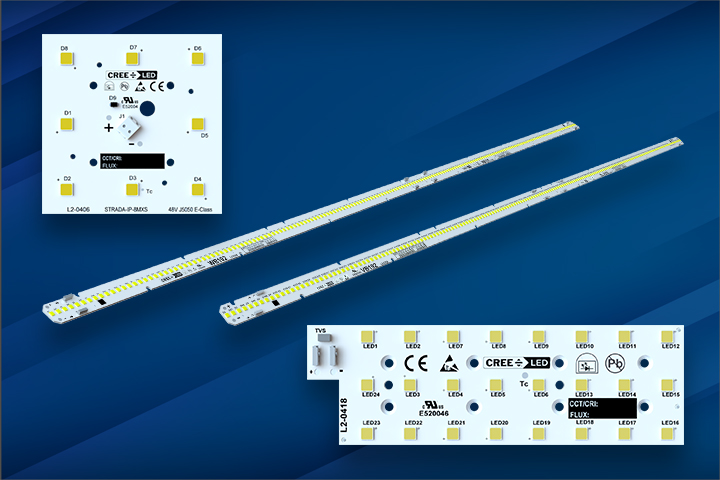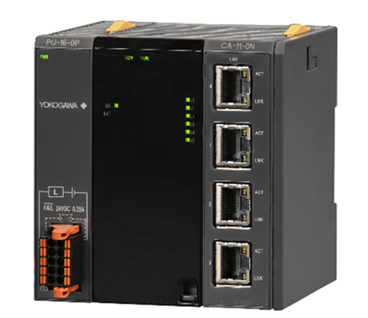Low dropout (LDO) linear regulators have been widely used in noise-sensitive applications for decades. Nevertheless, noise requirements have become tougher to meet as the latest precision sensors, high speed and high resolution data converters (ADCs and DACs), and frequency synthesizers (PLLs/VCOs) challenge conventional LDO regulators to produce ultralow output noise and ultrahigh power supply ripple rejection (PSRR). For instance, when powering a sensor, the supply noise directly affects the measurement result accuracy. Switching regulators are often used in power distribution systems to achieve higher overall system efficiency. To build a quiet power supply, an LDO regulators usually postregulates the output of a relatively noisy switching converter without using bulky output filtering capacitors. The high frequency PSRR performance of the LDO regulator becomes a predominant feature.
The LT3042, introduced in 2015, is the industry’s first linear regulator with only 0.8 µV rms output noise and 79 dB PSRR at 1 MHz. Two similar devices, the LT3045 and LT3045-1, increased the higher rating and added features. All of these devices are positive LDO regulators. When a system has bipolar instruments, such as op amps or ADCs, a negative LDO regulator must be used in a polarity power supply design. LT3094 is the first negative LDO regulator that has ultralow output noise and ultrahigh PSRR.
Typical Application
The LT3094 features a precision current source reference followed by a high performance output buffer. The negative output voltage is set with a −100 µA precision current source flowing through a single resistor. This current-reference based architecture offers a wide output voltage range (0 V to −19.5 V) and provides virtually constant output noise, PSRR, and load regulation independent of the programmed output voltage.
The LT3094 has ultralow output noise, 0.8 µV rms from 10 Hz to 100 kHz, and ultrahigh PSRR, 74 dB at 1 MHz. Moreover, the LT3094 has programmable current limit, programmable power good threshold, fast start-up capability, and programmable input-to-output voltage control (VIOC). When the LT3094 postregulates a switching converter, the voltage across the LDO regulator remains constant by the VIOC function if the LDO regulators output voltage is variable.
The LT3094 avoids damage through internal protection, including internal current limit with foldback, thermal limit, reverse current, and reverse voltage.
Dual Positive and Negative Power Supply with Variable Output Voltages
A power supply is generally built with a switching converter post-regulated by an LDO regulator to achieve low output noise and high system efficiency. The optimized voltage difference between the LDO regulators input and output is about −1 V in order to maintain a good trade-off between power dissipation and PSRR. Maintaining this voltage difference is complicated in a variable output voltage system, but the LT3094 includes a tracking feature, VIOC, which keeps the voltage across the LDO regulator constant even as the output voltage varies.
Conclusion
The LT3094 is a negative LDO regulator featuring ultralow noise and ultrahigh PSRR. It features a current reference-based architecture that keeps noise and PSRR performance independent of the output voltage, and enables multiple LT3094s to be easily paralleled for increased load current and reduced output noise. The VIOC function minimizes the power dissipation of the LDO regulator when the LT3094 postregulates a switching converter, making it ideal in variable output voltage applications.
For more information, visit www.analog.com.






